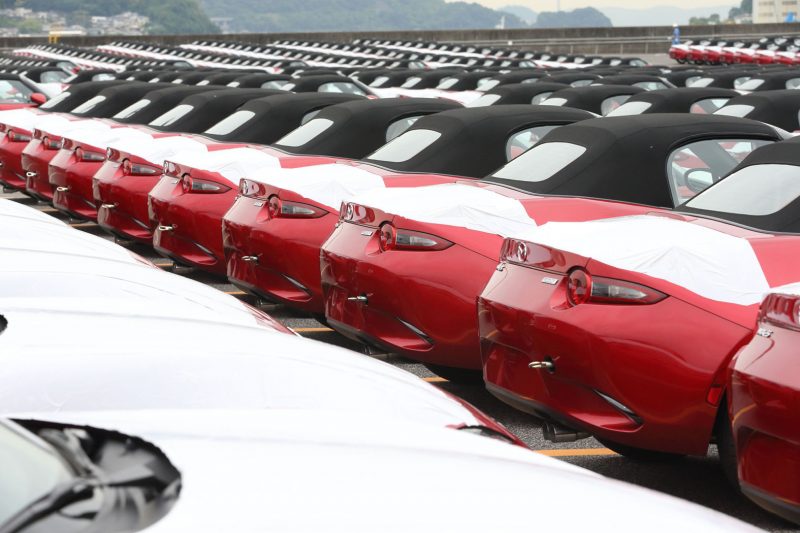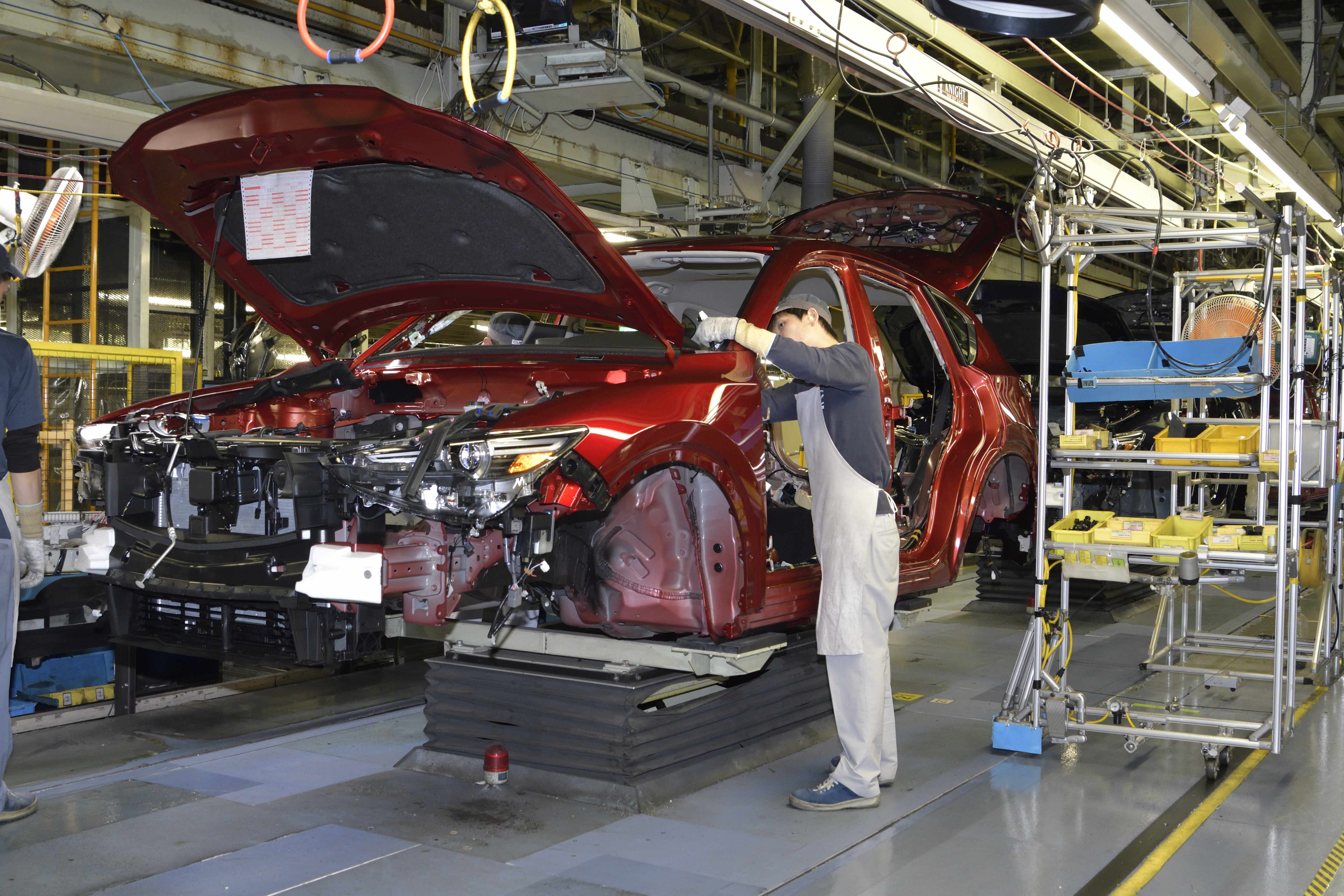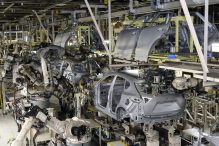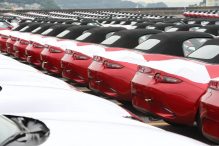Mazda’s intelligent production
Economics of scale and tailor-made
Mazda’s need to make the SKYACTIV programme feasible and come up with an uncompromising vehicle line-up required the company to innovate the entire process it used to build cars, from R&D to final assembly. As a small carmaker, it simply could not manufacture its products the same way as competitors who are several times bigger. Mazda had no other options than to rethink ist processes from scratch.
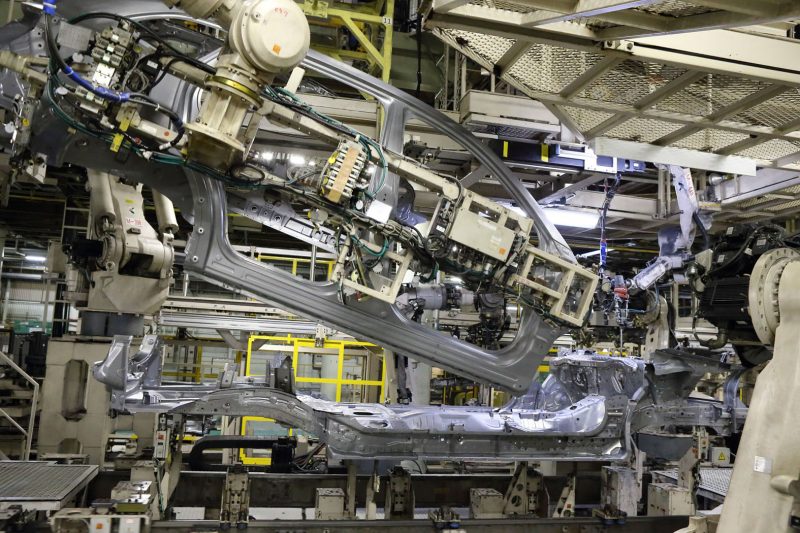
The company dedicated major resources to a fundamental overhaul of the business through a programme called Monotsukuri Innovation*. The goal: prosper sustainably by consistently coming out with appealing products, flexibly adjusting output to market demand, and at the same time improving cost efficiency in every area.
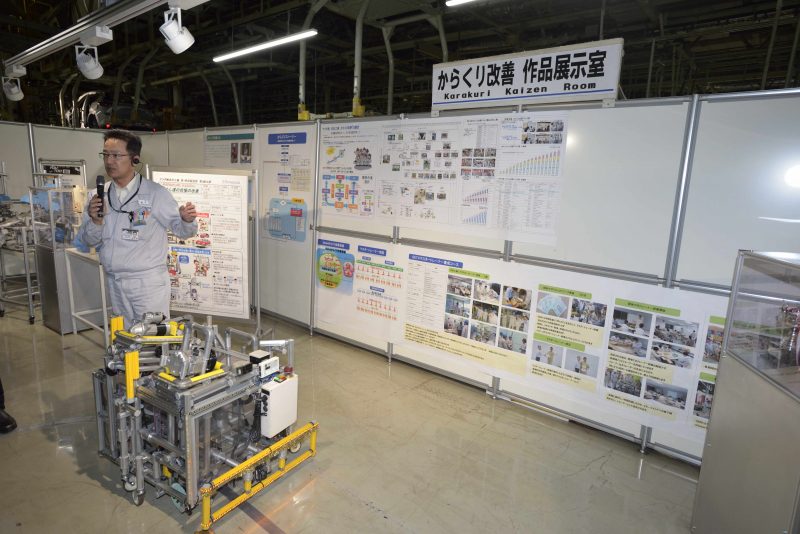
* Monotsukuri means “the art of making things” in Japanese and covers product planning, design, development and production
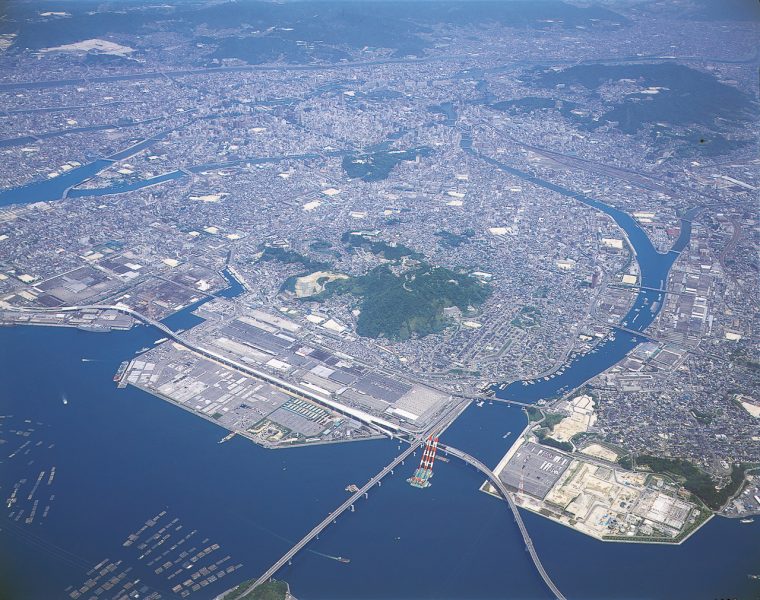
Mazda had to therefore minimise the tradeoff between diversity that enhances product competitiveness and commonality that improves economies of scale in manufacturing. The approach was three-pronged: bundled product planning, common architectures and flexible production.
Looking five to ten years into the future, bundling product planning identifies what vehicle elements can be shared across the product line-up. This provides the foundation for common vehicle architectures: different models not only share parts, but also development and production processes. For example, instead of designing car bodies for each model individually, Mazda’s are based on an element design that uses the same rigid structures and cross-sectional shapes, and then adapts them to each different vehicle. The company is thus able to achieve economies of scale as if it were manufacturing a single carline.
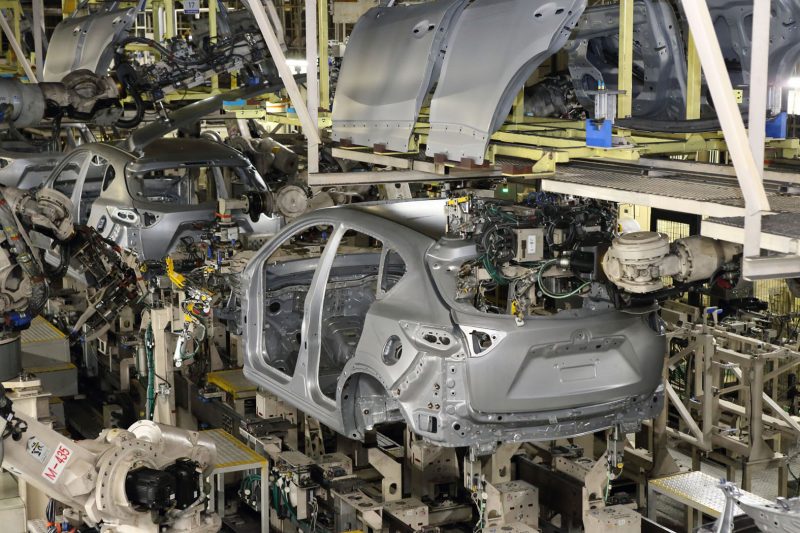
But since Mazda is building many different models, it also needs a flexible production concept for the variable elements required to make each one unique. Here the carmaker leveraged technological innovation in product design and structure as well as production processes.
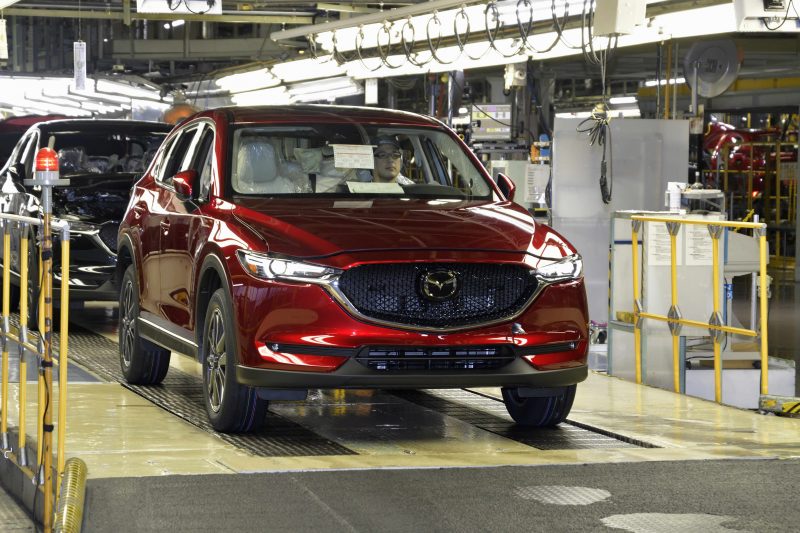
Engine production offers a good illustration of this. By employing multi-purpose rather than single purpose machine tools, different engines can be produced on the same assembly lines. The engines share combustion characteristics, and therefore the same calibration process, while the engine blocks have the same conveyor points and machining points. As a result, different blocks fit on the same machines, allowing variability in a number of other factors such as crankshaft diameter or bore. With such flexibility, Mazda’s engineers cut a 45-step machining process for each different engine on a dedicated assembly line down to four steps for any engine on the same line.
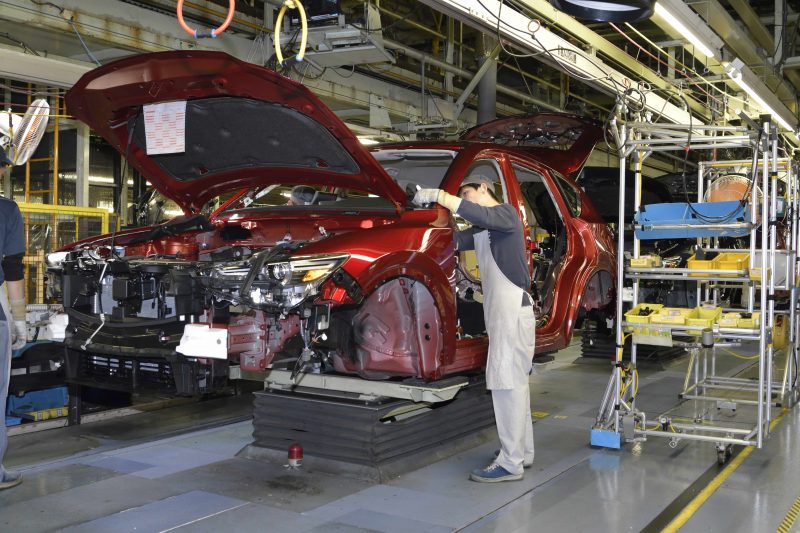
MANUFACTURING FLEXIBILITY
This enables Mazda to respond quickly to changing demand with no adverse effect on costs or quality. The common architecture even allows mixed production lines that can make a variety of products in any order and with no downtime. With the same system at each of its plants, the company can also swing production from one facility to another to, for example, meet rising demand for its popular SUVs while at the same time maximising plant capacity utilisation by balancing worldwide production according to needs. Bundled product planning, meanwhile, facilitates the quick transfer of new technology to different models, making ongoing enhancements to existing car generations more feasible.
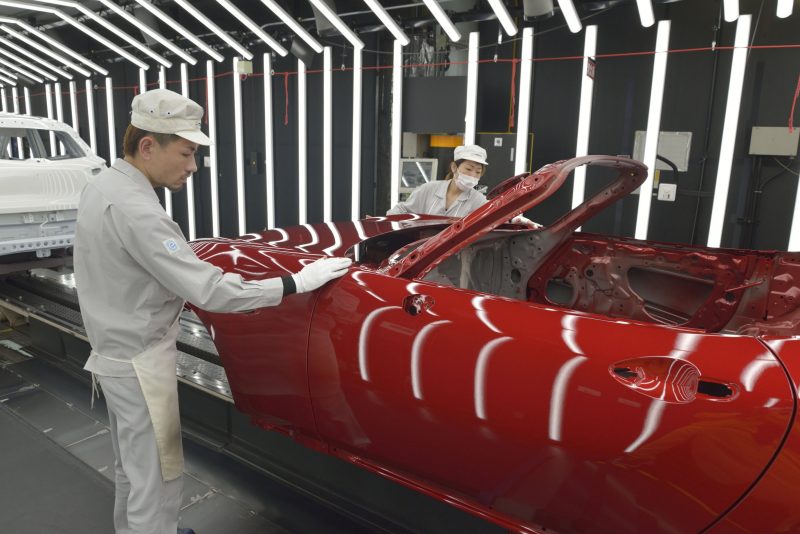
The results speak for themselves. It was a manufacturing breakthrough for Mazda, which at its Hiroshima plant cut its investment into machining capacity for SKYACTIV engines by 70% compared to what it needed to produce an equivalent quantity of ist previous generation of powerplants. This not only enables a faster response to market demand, but also creates economies of scale that allow a carmaker like Mazda with relatively modest annual production to thrive.
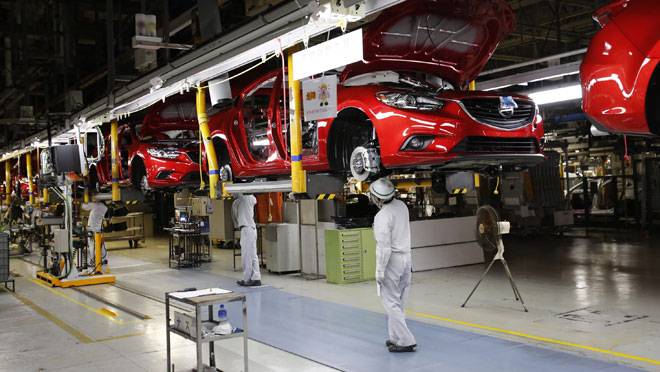
Through its Monotsukuri Innovation, Mazda is heading towards the ideal balance of scale and flexibility. The unorthodox approach is, in fact, tailored to Mazda as a company aiming for a high quality, profitable 2% global market share rather than 10% or 15% and growth at all costs.
